Vietnam is making good progress towards its goal of net zero emissions by 2050, and the energy transition promises to bring many long-term socio -economic benefits to its people in the future.
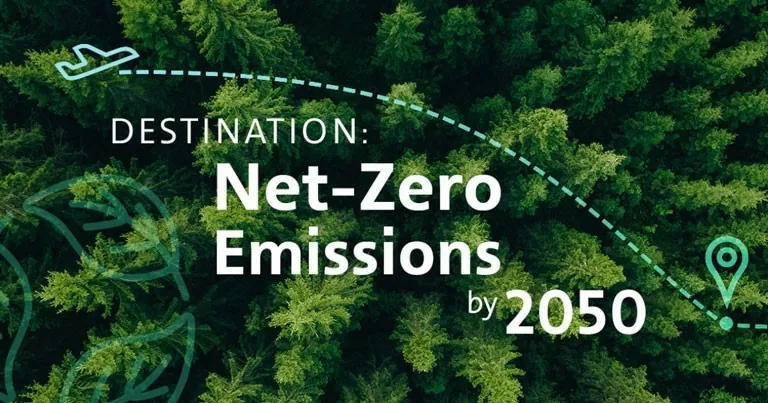 |
| Energy transition opens up a bright future for Vietnam. (Source: aminds) |
At the 26th Conference of the Parties to the United Nations Framework Convention on Climate Change (COP26), the Prime Minister of Vietnam made a strong commitment that “Vietnam will achieve zero net greenhouse gas emissions by 2050”. Over the past time, Vietnam has made many efforts to achieve this goal.
Ms. Sunita Dubey, Country Representative of the Global Energy Alliance for People and the Planet (GEAPP), commented that Vietnam has made significant progress in the energy transition, becoming a regional leader in solar and wind energy production.
By 2023, these renewable energy sources will account for 13% of the country’s total electricity generation – a significant leap from the meager levels just a few years earlier. This success is driven by well-structured policies, including attractive feed-in tariffs for renewable energy projects, along with tax exemptions and land rent reductions.
Despite these advances, Vietnam’s energy transition still faces a number of challenges. Grid infrastructure has not kept pace with the rapid expansion of renewable energy capacity, resulting in high curtailment rates and inefficiencies. For example, large-scale solar projects have been curtailed due to transmission constraints, while delays in wind projects have highlighted gaps in planning and implementation.
Addressing these bottlenecks requires further investment in grid modernization, as well as the adoption of advanced energy storage technologies such as battery energy storage systems (BESS) to balance intermittent renewable energy sources.
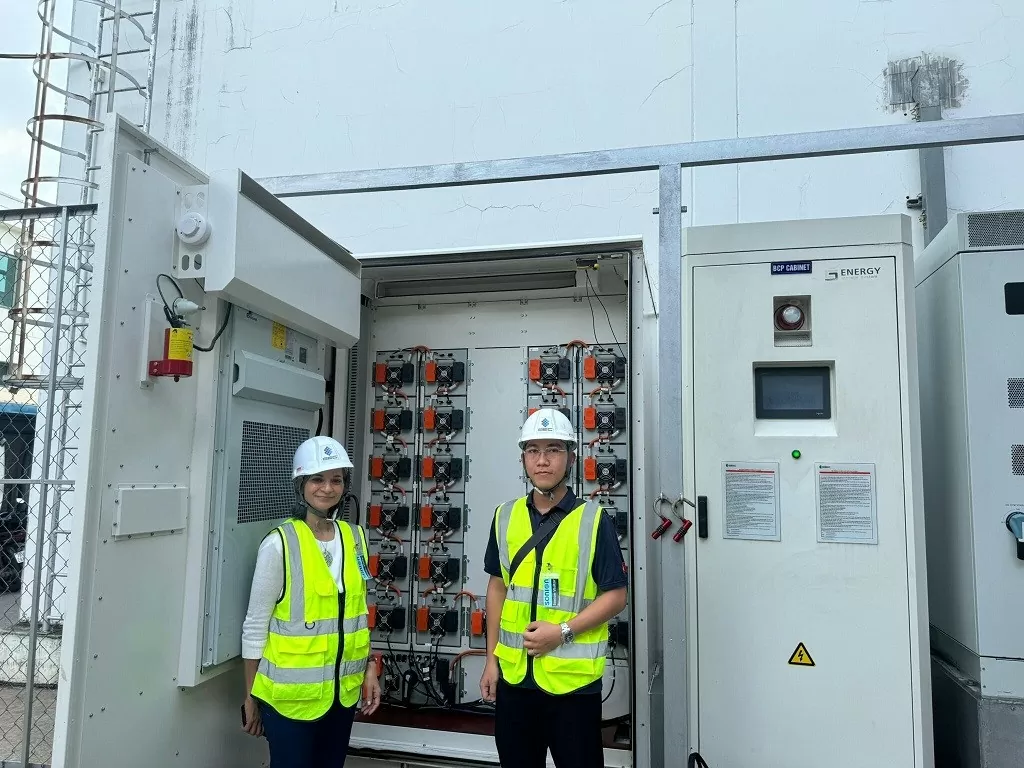 |
| Ms. Sunita Dubey, Country Representative of GEAPP in Vietnam during her visit to the BESS System at Saigon Hi-tech Park |
Vietnam’s journey towards net zero emissions by 2050 will depend on its ability to maintain momentum while addressing systemic issues. This includes promoting policies to attract private investment, improving energy market flexibility, and integrating comprehensive solutions that ensure benefits for all communities. Doing so will not only help Vietnam achieve its net zero emissions target, but also cement its role as a regional leader in the clean energy transition.
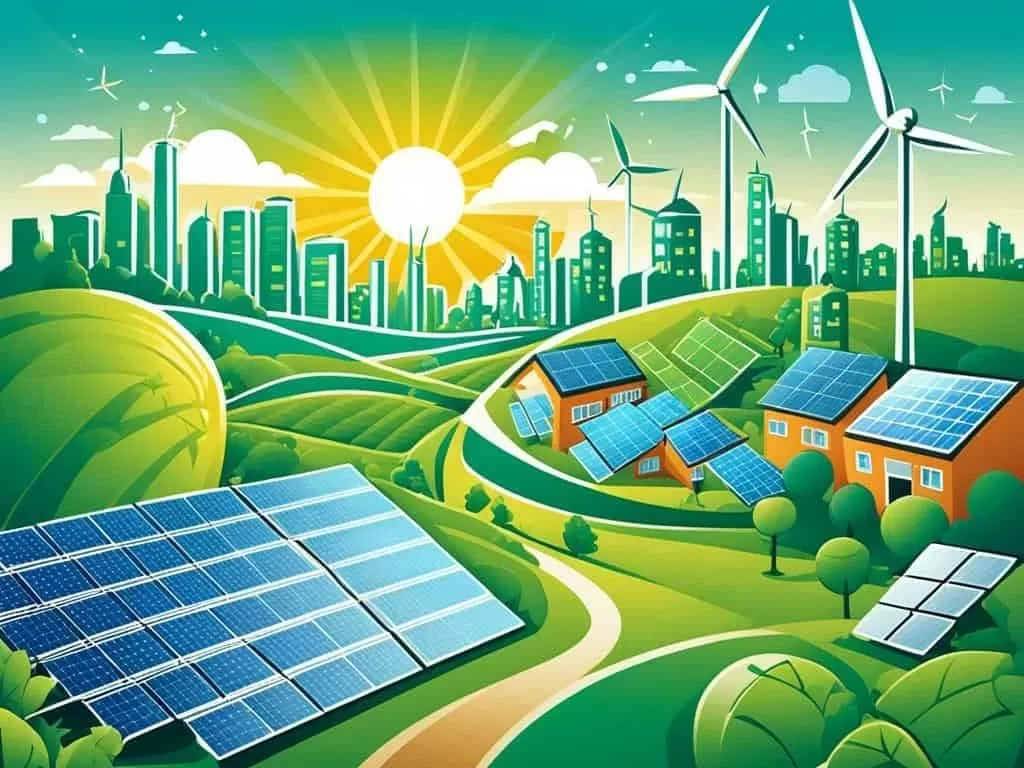 |
| The energy transition brings many long-term socio-economic benefits to Vietnam. (Source: Fenice Energy) |
According to Ms. Sunita Dubey, the energy transition brings long-term socio-economic opportunities for Vietnam. Economically, renewable energy projects help create more jobs, including in installation, maintenance and supply chain.
According to the International Renewable Energy Agency (IRENA), the global renewable energy transition could create 42 million jobs by 2050, with Southeast Asia set to benefit significantly. Scaling up Vietnam’s solar and wind sectors could develop a skilled workforce and spur the growth of green industries.
On the societal side, reducing dependence on traditional fuels would improve public health by reducing air pollution, which disproportionately affects vulnerable populations. This shift would reduce health care costs and improve quality of life.
Additionally, decentralized renewable energy projects, such as solar microgrids, can empower rural communities by addressing energy inequities, supporting local businesses, and improving access to essential services.
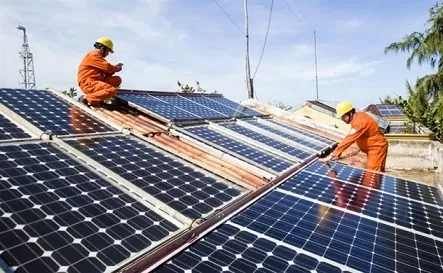 |
| Renewable energy projects help create more jobs. (Source: VGP) |
In the long term, Vietnam's leadership in renewable energy will enhance energy security, reduce dependence on traditional fuel imports and attract foreign direct investment.
“By linking energy targets with comprehensive development strategies, Vietnam can not only achieve net zero emissions but also have a more resilient and equitable economy,” Ms. Sunita Dubey emphasized.
It can be affirmed that Vietnam is on the right track in green energy transition. This process brings job opportunities to many people, promotes the green economy, ensures energy security and opens up a bright future for the S-shaped country.
Source: https://baoquocte.vn/chuyen-doi-nang-luong-mo-ra-mot-tuong-lai-tuoi-sang-cho-viet-nam-297056.html


![[Photo] Ho Chi Minh City Youth Take Action for a Cleaner Environment](https://vphoto.vietnam.vn/thumb/1200x675/vietnam/resource/IMAGE/2025/11/04/1762233574890_550816358-1108586934787014-6430522970717297480-n-1-jpg.webp)
![[Photo] Panorama of the Patriotic Emulation Congress of Nhan Dan Newspaper for the period 2025-2030](https://vphoto.vietnam.vn/thumb/1200x675/vietnam/resource/IMAGE/2025/11/04/1762252775462_ndo_br_dhthiduayeuncbaond-6125-jpg.webp)


![[Photo] Ca Mau "struggling" to cope with the highest tide of the year, forecast to exceed alert level 3](https://vphoto.vietnam.vn/thumb/1200x675/vietnam/resource/IMAGE/2025/11/04/1762235371445_ndo_br_trieu-cuong-2-6486-jpg.webp)
![[Photo] The road connecting Dong Nai with Ho Chi Minh City is still unfinished after 5 years of construction.](https://vphoto.vietnam.vn/thumb/1200x675/vietnam/resource/IMAGE/2025/11/04/1762241675985_ndo_br_dji-20251104104418-0635-d-resize-1295-jpg.webp)
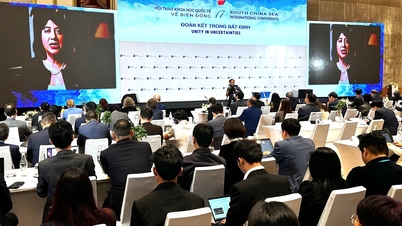

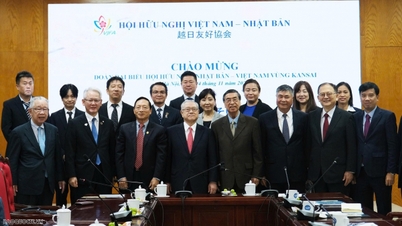
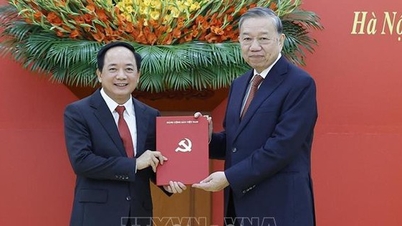

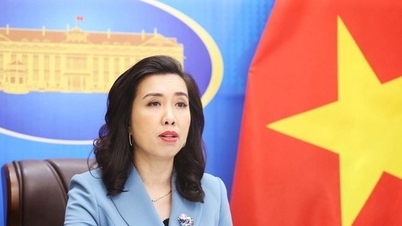

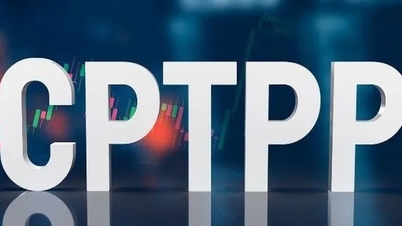







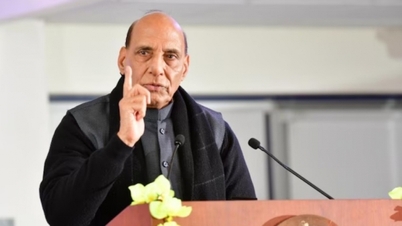








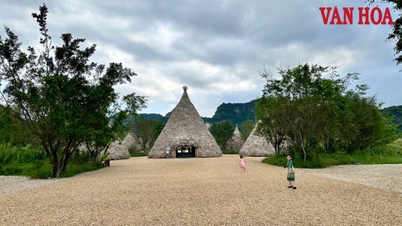






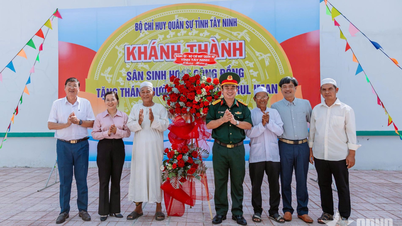

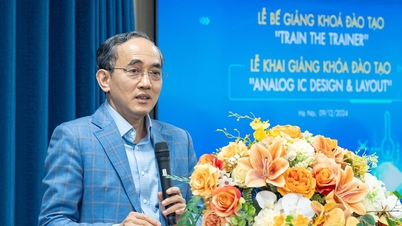







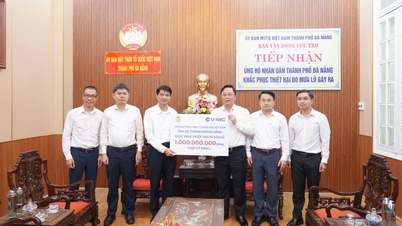

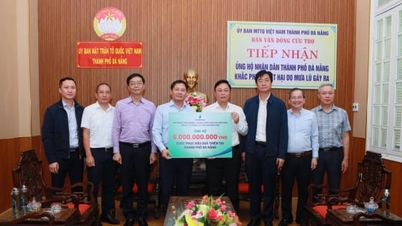


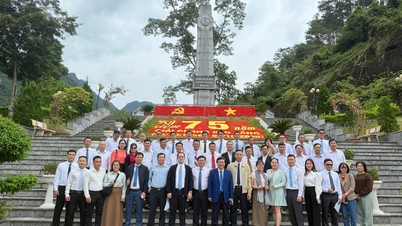






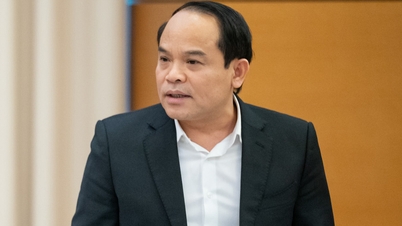


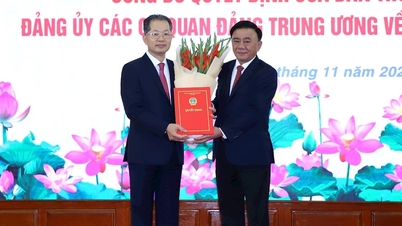







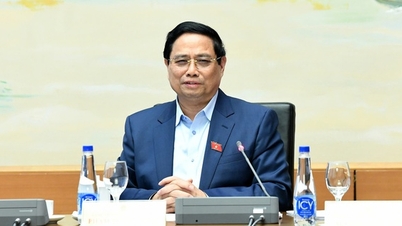
























Comment (0)